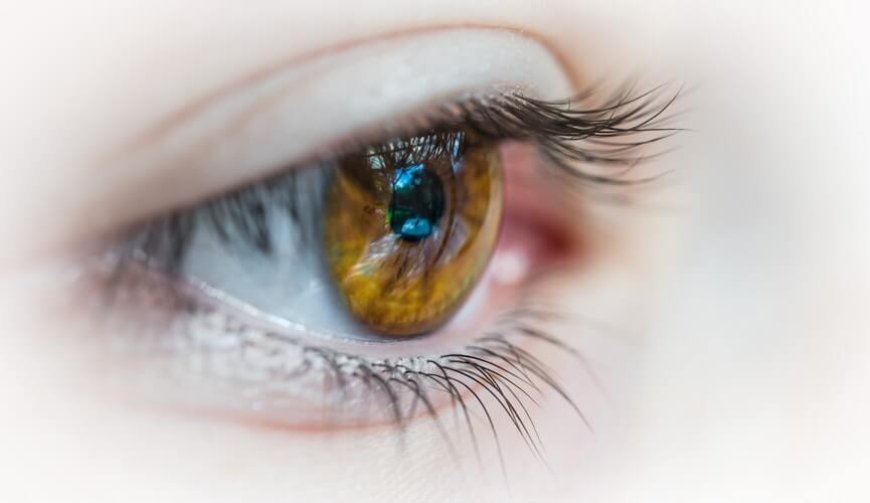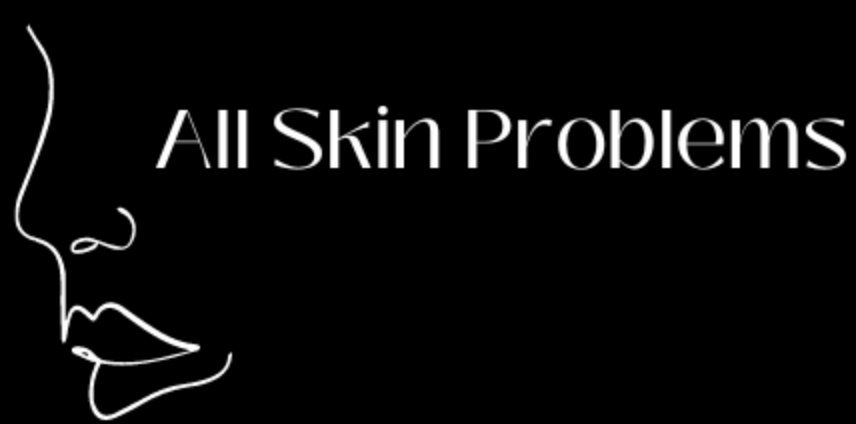Corneal Abrasion
Corneal abrasion is an injury to the eye that involves scratching or wearing down the outer layer of the cornea.

Corneal abrasion is an injury to the eye that involves scratching or wearing down the outer layer of the cornea.
It's a relatively common and usually minor injury, but it can cause a lot of pain and discomfort if not properly treated. This article will discuss the signs and symptoms of a cornea abrasion, how it's diagnosed, and the treatments available to treat it.
What is a Corneal Abrasion?
A corneal abrasion is an injury to the outer layer of the eye, which can occur when something scratches or rubs against it. The cornea is the thin, transparent layer of tissue at the front of the eye that covers the iris and lens.
The cornea is made up of several different layers including the epithelium, Bowman's layer, and the stroma. A corneal abrasion affects one or more of the layers of the cornea, but it most commonly affects the epithelium.
Common symptoms of a corneal abrasion include pain, redness, tearing, light sensitivity, and blurred vision.
Causes of a Corneal Abrasion
Corneal abrasions are usually caused by a foreign object such as dirt, sand, glass, a fingernail, or contact lenses rubbing against the eye, or by a chemical or thermal burn. They can also occur due to an eye infection, after surgery, or after an eye injury.
Diagnosing a Corneal Abrasion
If you suspect you have a corneal abrasion, it's important to see an eye doctor right away. They will examine your eye with a special device called a slit-lamp, which can detect signs of a corneal abrasion such as scratches or areas of discoloration.
Treatment for a Corneal Abrasion
The treatment for a corneal abrasion depends on the severity of the injury. Minor abrasions may not require treatment other than using eye drops or ointment to reduce inflammation and discomfort.
For more serious abrasions, a doctor may prescribe an antibiotic eye drop or ointment to prevent infection. If the abrasion is deep, a patch may be needed to protect the eye from further irritation.
In some cases, surgery may be necessary to repair the eye and reduce the risk of infection.
Preventing a Corneal Abrasion
The most effective way to prevent a corneal abrasion is to be careful when using foreign objects near your eyes, like contact lenses. Be careful to use clean hands and properly sanitize the lenses each time you insert and remove them.
It's also important to wear appropriate safety gear when engaging in activities that could put your eyes at risk, such as cycling or playing sports. Be sure to wear protective eyewear like goggles or glasses.
Corneal abrasions are relatively common and usually minor injuries, but they can be painful and uncomfortable if not treated properly. If you think you may have a corneal abrasion, it's important to see an eye doctor right away for more accurate diagnosis and to ensure proper treatment. Additionally, take measures to prevent corneal abrasions by taking care when using contact lenses and wearing protective eyewear when engaging in activities that could put your eyes at risk.
